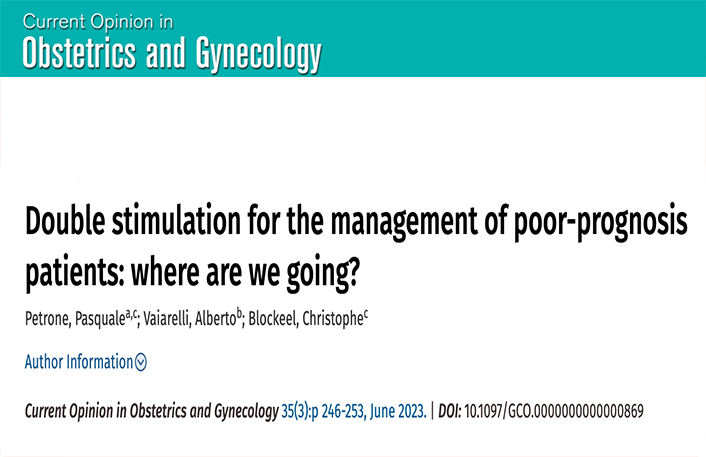
Petrone Pasquale, Vaiarelli Alberto, Blockeel Christophe
Current Opinion in Obstetrics and Gynecology 35(3):p 246-253, June 2023. | DOI: 10.1097/GCO.0000000000000869
Abstract
Purpose of review
The technical improvements in IVF allowed the implementation of nonconventional ovarian stimulation protocols for some specific patients. Where time is crucial, such as with oncologic patients, poor-prognosis patients, patients with low ovarian reserve, and those with advanced maternal age, access to IVF treatment is even more critical. Some of these protocols might start in the late follicular phase, luteal phase, or involve both stimulations within the same ovarian cycle.
Recent findings
Until now, published evidence showed that oocytes retrieved from unconventional protocol seem to be developmentally, genetically, and reproductively competent. Second stimulation in the same ovarian cycle after the conventional approach may represent a sound alternative to oocyte accumulation. This can be proposed in progress after careful counselling focused on the patients’ chances of finding at least one euploid embryo on account of their age and of the number of blastocysts obtained after the conventional approach.
Summary
The adoption of these new strategies, known as double stimulation protocol, can be conceived as a real full-personalization of ovarian stimulation. Multicentre prospective RCTs are urgently needed to evaluate the efficacy, efficiency, and costs of double stimulation versus two consecutive conventional approaches with standard or mild stimulation and in a different IVF setting.